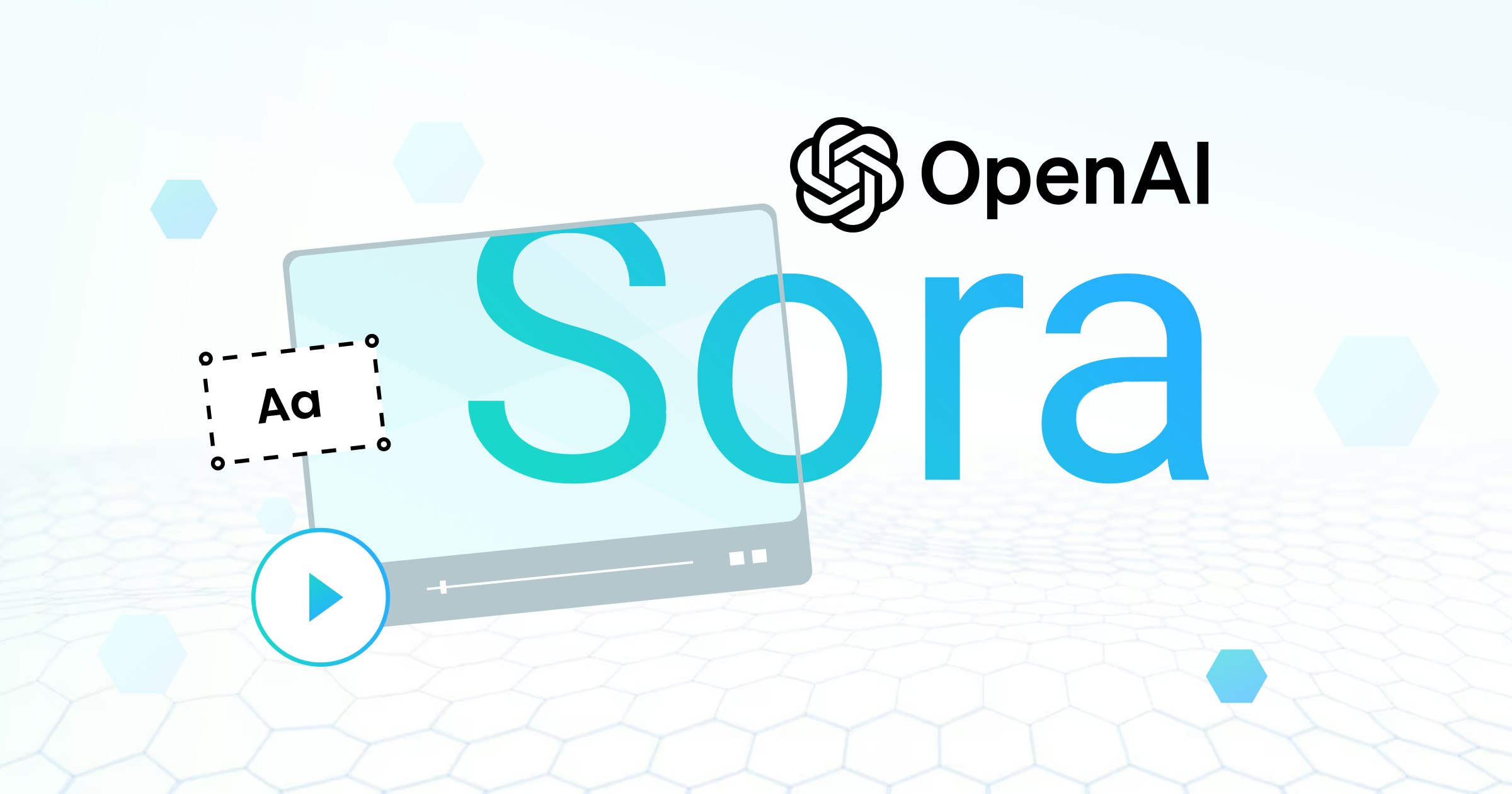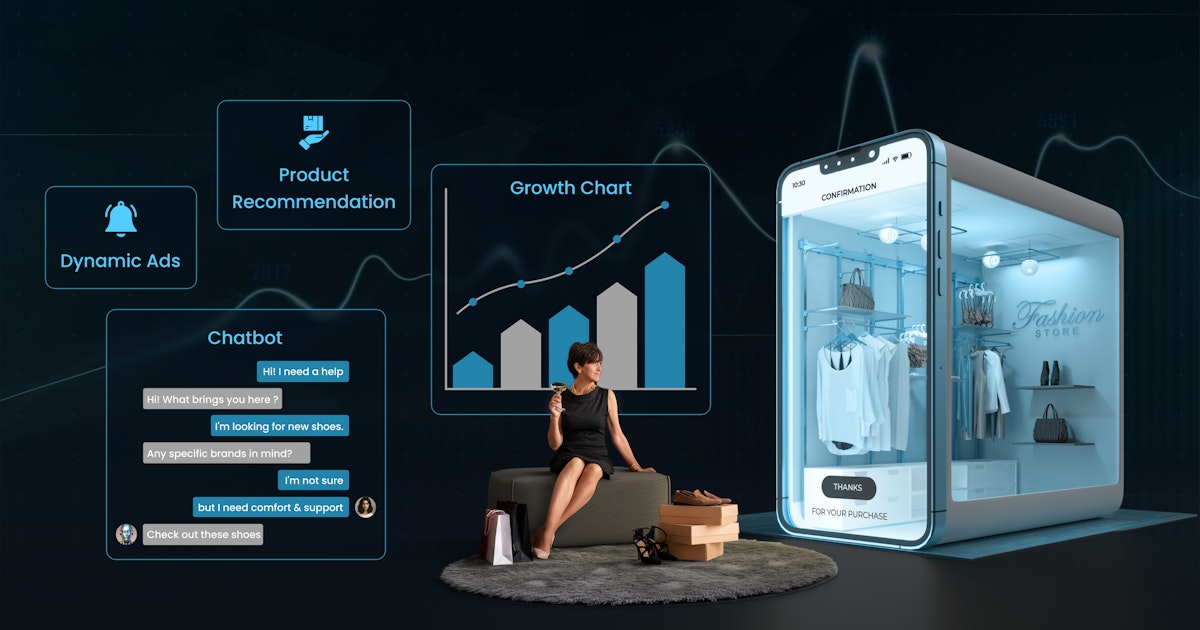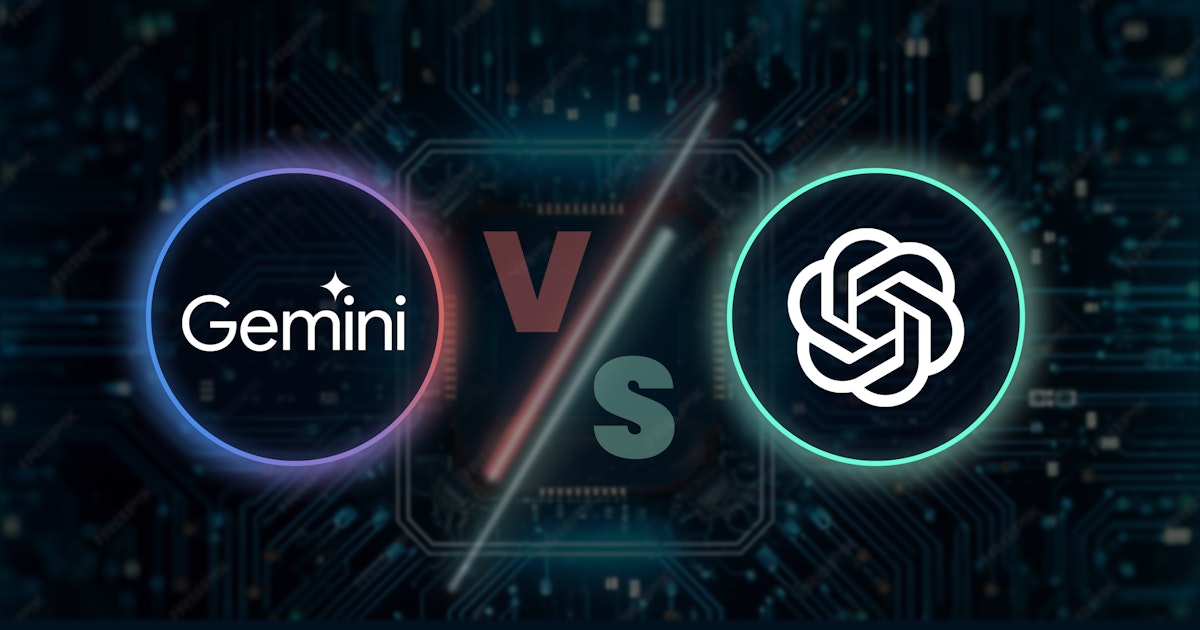Table of Content
Imagine creating a photorealistic video with crisp detail and complexity. You do not use actors, editing skills, or even a camera. All you do is draft simple text prompts that can translate into quality video content— just like a wispy cloud, warm glow, furry mammal, snowy meadow, wooly mammoth, and many more. See the below example.
What is OpenAI Sora?
Introduced in February 2024, Sora is a text-to-video generator artificial intelligence model that produces up to one-minute-long videos based on descriptive user prompts or from still images and can extend existing videos forward or backward in time. The technology is in beta and is not available for public use.
How does Sora AI work?
At its core, the Sora model transforms written descriptions into dynamic high-quality videos by deep understanding of language models, and converting mere sentences into imaginative scene sequences. It does so by leveraging the diffusion model and the transformer architecture, which OpenAI's DALL•E (image models) is also built on.
Without diving deep into the technicalities, think of the diffusion model as a tool that gradually refines random patterns of pixels into images and videos.
On the other hand, similar to GPT models, Sora uses transformer architecture to help Sora understand the context and nuances of the text input, ensuring the resulting AI-generated videos accurately reflect the intended idea behind the textual prompt.
What are the key features of Sora AI?
Sora has several features that make it a potentially versatile video tool.
- Video length: It can currently generate entire videos of varying lengths, visual style, aspect ratios, accommodating short clips for social media and longer segments for more detailed storytelling in under one minute.
- Scene complexity: It can dynamically generate animated scenes, such as characters that show vibrant emotions, objects, and scenes, adding a layer of realism, regardless of how verbose or straightforward the prompt is. Also, it is capable of generating multiple scenes from a single video.
- Temporal coherence: Maintaining smooth transitions and logical progression in the generated video sequences, Sora ensures the viewing experience is cohesive and compelling.
How does Sora compare to traditional video production?
Traditionally producing a video would require you to handle everything - from screenplay writing and shooting to making the final edits. You would also need to invest in photographic equipment (e.g., camera, mic, lighting, boom mic), actors, writers, editors, and so on.
This setup can be an expensive barrier to entry for many visual content creators and businesses with limited resources.
Sora generates detailed scenes with multiple characters, specific types of motion, and accurate details of the subject, background details, and architectural details with high visual quality. It has a sense of what has been asked for in a prompt and how things generally exist in the physical world, thereby creating realistic videos.
Five potential industry-specific use cases of Sora
As this technology slowly becomes mainstream, an increasing number of businesses across industries could use it for various purposes:
1. Marketing and advertising
The advent of Generative AI has removed all constraints on creativity. Today, marketers have the power to make the right offer at the right time to the right person using tools and techniques like marketing automation, data analytics, and AI-powered predictive modeling systems.
Sora raises the bar further and helps you deliver customer value through innovative video capabilities. Let us explore how.
a. Advertising on social media
Are you planning to spend on video ads this year? Not only are they more shareable, but they also attract higher engagement and click-through rates.
With video ad spending expected to reach $456 billion by 2025, it might be worth incorporating video creation into your marketing strategy. Sora has the potential to make it possible.
Such AI-generated videos can be designed to fit the unique demands of each platform, whether it’s a short, snappy video for TikTok, a visually rich story for Instagram, or an informative clip for Facebook.
For example, a fashion brand could create striking video ads showing their latest collection by feeding Sora with text descriptions of their clothing line’s mood, style, and critical features, resulting in engaging and platform-optimized ads.
b. Innovative product demos
Research shows that 71% of B2B marketers use video content, with product demos being the most popular type of video, and for a good reason—they make it easier for potential customers to understand the product and close the sale.
Sora indeed offers a revolutionary way to present business offerings. Tech startups, for example, can use this technology to describe the features of their latest application in text form and produce a sleek video demonstration showcasing the features in action.
You can also use product demos in your sales pages or product newsletters to increase engagement and conversions.
c. Personalizing video messaging
How would you feel if you received a video message from your favorite lifestyle brand that addresses you by name and offers product recommendations by referencing your past purchases?
Since you would already have access to your customer’s shopping history, preferences, and interests, you can easily create buyer personas and subsequent sales stories to produce highly bespoke videos on Sora.
The best part is that the technology allows you to create videos for various stages in the marketing funnel, from awareness and consideration to decision and loyalty.
2. Education
Of course, the benefits of Generative AI in education cannot be understated. From custom learning material creation to constructive feedback automation to real-time language translation, educators and students are seeing transformation in abundance.
Let us understand how Sora is set to upgrade the education sector further:
a. Visualizing complex concepts
The technology can be used for teaching subjects that traditionally rely heavily on abstract concepts or require imagination, such as science, math, history, and literature.
For example, a biology teacher explaining cellular processes can input a detailed text description of mitosis on Sora and generate a video that shows the process in action, making it easier for students to grasp and retain the information.
Similarly, a literature teacher could convert a scene description from Shakespeare’s “Macbeth” into a short video, helping students visualize the setting, characters, and action, thereby deepening their comprehension and appreciation of the text.
b. Personalized learning
Sora’s ability to generate customized content from text makes it an ideal tool for creating custom learning experiences.
For instance, you could input instructions tailored to a student’s proficiency level in math, and Sora could generate a video that explains a concept that aligns with the student’s understanding and learning style.
This allows you to add more visual aids for visual learners or incorporate more examples and step-by-step instructions for students who benefit from detailed explanations.
c. Marketing educational institutes
Looking to showcase your institute’s unique offerings, campus life, and achievements in video format? Sora can make that happen.
Detail your institute’s state-of-the-art facilities, diverse academic programs, and vibrant student life in a prompt to create a video that gives a visually appealing and informative view of what you offer.
This not only helps attract prospective students but also aids in building a strong brand identity. These videos can be customized to reflect your institute’s values and ethos, making them powerful tools for engagement on social media and during promotional events.
3. E-commerce and retail
Generative AI has empowered eCommerce companies to integrate virtual try-ons and make bespoke product recommendations.
On the other hand, brick-and-mortar retailers can optimize store layouts and enhance in-store experiences through interactive displays and individualized shopping assistants. Sora shows the potential to make online and physical shopping more engaging. Here is how:
a. Demonstrating product use
A dynamic video can beat out even the wittiest description and convince potential customers better when they see a product in action. So why should you not make the most of videos in your eCommerce business?
For example, as an electronics store, you could input descriptions of a new smartphone’s features on Sora to generate a video highlighting its sleek design, camera capabilities, and unique features, giving your customers a comprehensive understanding of the product.
b. Making tailor-made product recommendations
You have a shopper who frequently browses outdoor gear but does not purchase anything; Sora could create a personalized video showcasing the latest camping equipment, outdoor wear, and gadgets tailored to their interests, making the recommendations more engaging and persuasive.
c. Advertising seasonal promotional videos
For seasonal sales events, such as Black Friday, Cyber Monday, or holiday shopping seasons, eCommerce sites and brick-and-mortar retailers can use Sora to quickly generate compelling video snippets highlighting special offers, bundle deals, or featured products.
4. Entertainment
With the integration of AI, content curation, recommendation algorithms, and audience targeting have become sophisticated, catering to individual preferences and boosting viewer engagement.
You can not ignore Sora’s potential impact on the entertainment industry, for it enables crafting realistic visuals beyond the script. Here is how:
a. Creating storyboards
A storyboard is your roadmap for making a film, TV show, or other video content. It is usually drawn on paper, encapsulating every shot you need to create and how to create them before filming begins.
With Sora, you can design every shot in the form of a video and not as a sketch, offering a more realistic glimpse of how a scene or sequence might play out on screen.
For instance, a text description of a climactic battle scene between heroes and dragons in a fantasy film can be turned into a detailed storyboard video by Sora, helping the production team visualize and plan the sequence.
b. Creating and marketing teasers and trailers
Creating teasers, trailers, or social media content for upcoming movies, TV shows, or video games can be resource-intensive.
With Sora, production companies can input brief descriptions of the plot or critical scenes to create short videos that capture the essence of the content. This not only saves time but also is affordable.
For instance, if you are making a suspense thriller, you could roll out teaser videos that hint at the plot twists and key characters, which is ideal for social media buzz.
c. Producing localized versions of video content
For content creators looking to reach a global audience, Sora can create localized versions of video content based on translated text descriptions.
This process could significantly reduce the costs and time associated with traditional dubbing and subtitling methods, making content more accessible to non-English speaking audiences.
5. Gaming
This industry has been a trailblazer in technology, harnessing its power to create immersive experiences for over 3 billion players worldwide. Additionally, it has played a crucial role in helping businesses engage, inform, and connect people on a massive scale.
Now, Generative AI, especially Sora, is poised to push the boundaries of gaming experiences further, enabling creators to revolutionize how they work and deliver new and exciting experiences to the players.
The concept you’re referring to, utilizing a tool like “Sora” for various aspects of game development, touches on advanced AI techniques increasingly being integrated into the gaming industry. Let’s explore each area in detail:
a. Creating cutscenes with player-driven video
This involves using AI to create immersive cutscenes in video games that are not just scripted events but are dynamically generated based on player decisions, dialogue choices, or narrative inputs.
Sora can understand the context, emotions, and actions the game designers describe in the textual description to develop visual elements, animations, and scenes.
The technology could also adapt to player choices in real time, altering the cutscene’s direction based on the narrative path chosen by the player, making each gaming experience unique.
b. Enabling procedural content generation
Procedural content generation (PCG) automatically creates game content through algorithms. Sora could enhance PCG by generating not just random or algorithm-based content but contextually relevant content that varies based on textual descriptions.
Descriptions of game environments, for instance, can be transformed into detailed 3D scenes and character animations, where the AI adjusts textures, lighting, and objects to match the narrative context.
Sora can also interpret how items should interact with characters or the environment based on their described functions, generating appropriate animations and effects.
c. Customizing characters
Character customization is a beloved feature in many games, allowing players to create avatars representing them or their ideal characters.
Sora could take this a notch higher by generating unique visual representations of characters based on detailed textual descriptions, including physical attributes, clothing, accessories, and even personality traits that might influence posture or expressions.
As players update their descriptions or add new attributes, Sora can dynamically update the character’s appearance to reflect these changes, making character customization more interactive and iterative.
Ethical considerations and safety measures of OpenAI’s Sora
Generative AI is a fairly new technology, with Sora at the top. Given its capabilities, there are serious concerns about its potential harms, which could be in the form of:
- Explicit or pornographic material, often using deep fakes of celebrities and well-known figures, or worse, the public
- Realistic-looking videos of political leaders making false statements, spreading misinformation, and causing stress
- Videos discouraging vaccination, promoting false cures, or undermining public health guidelines
- Malicious content depicting violence, discrimination, or unrest
How OpenAI is addressing ethical concerns
Although OpenAI anticipates Sora’s significant impact on creativity, it acknowledges the queries arising around the model’s training data, power concentration, and copyright issues. It's a critical component of creating and releasing increasingly safe AI systems. Here is how OpenAI is addressing it all:
- It is working with red teams, which are domain experts in areas like misinformation, hateful content, and bias, to test the model objectively.
- It is building tools to detect misleading content, such as a detection classifier (such as C2PA metadata) that can identify the origin source of the video.
- Its text classifier can check and reject text input prompts violating OpenAI’s usage policies, like those that request extreme violence, sexual content, hateful imagery, or the IP of others.
- It has developed robust image classifiers for reviewing the frames of every video generated to ensure that the content adheres to OpenAI’s usage policies before it is shown to the user.
Maximize business efficiency with Sora
It is an exciting time for the world as we witness the disruption of this text-to-video AI technology.
Regardless of your business size and sector, you can, too, optimize your offerings, engage with your customers better, and enhance your brand reputation by rolling out AI-generated videos—easily, quickly, and without burning a hole in your pocket.
Book a call with Intuz AI experts to learn more about how your business can leverage Sora's potential.






